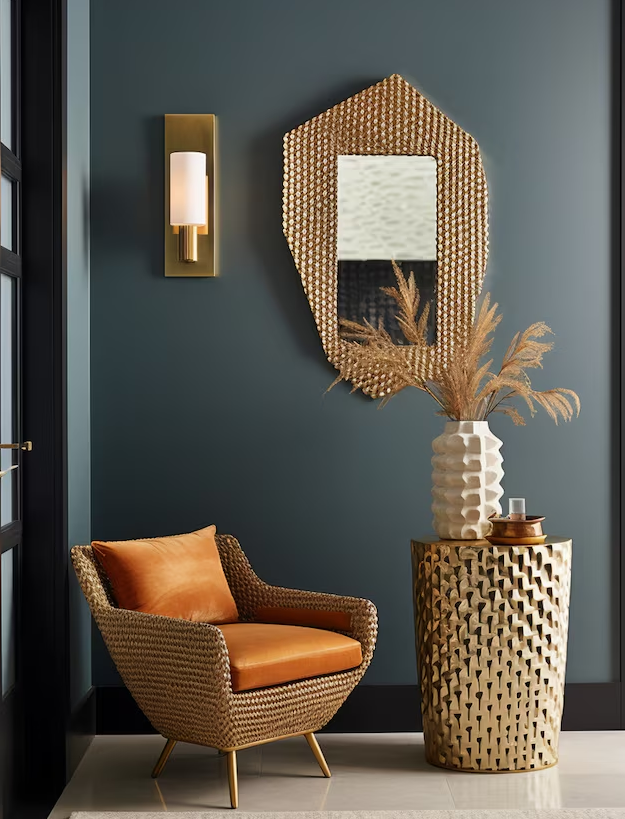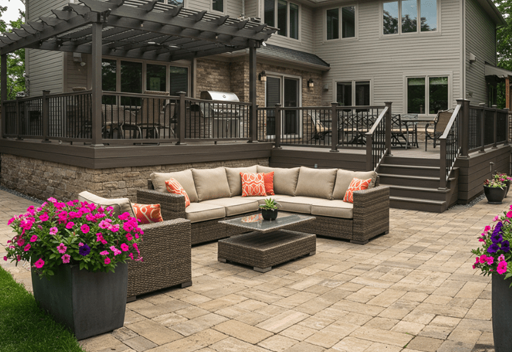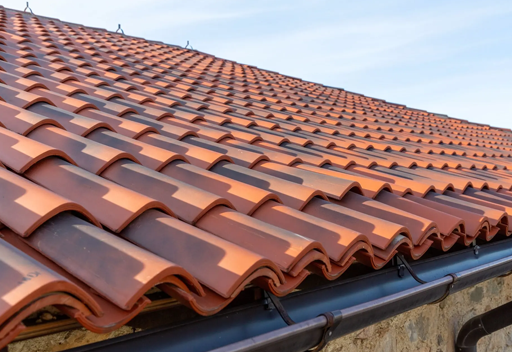Door installation costs in 2025 depend on materials, style, and labor. Wooden doors tend to cost more than standard metal or fiberglass options. Custom designs add extra expenses, while professional installation ensures safety and durability. Budgeting wisely, comparing local contractors, and understanding material choices can save money while achieving a stylish and secure home entrance. This guide covers everything needed to plan door installation without surprises.
Understanding Door Installation Costs
Installing a door is more than just a home improvement task. It sets the tone for the house and affects both security and aesthetics. In 2025, prices vary widely based on several factors. Basic interior doors are more affordable, while premium exterior doors with extra features can stretch the budget. Material, size, design, and labor all play crucial roles in determining the final cost.
Key Elements That Influence Door Installation Costs
Material: The type of material makes a significant difference. Wooden doors bring elegance and warmth but usually come at a higher price. Steel doors are strong and secure, while fiberglass offers durability at a moderate cost. Vinyl doors are budget-friendly but may lack the charm of natural materials. Choosing the right material balances aesthetics, durability, and price.
Design and Style: Simple, standard doors cost less, while custom designs or intricate patterns increase the price. Decorative panels, glass inserts, and modern finishes all add to the total.
Size: Standard interior doors are relatively affordable. Larger exterior doors or oversized custom doors require more materials and labor, which raises the cost.
Labor: Skilled installation ensures that the door fits perfectly, opens smoothly, and lasts for years. Complex installations, such as heavy exterior doors or those with additional security features, require experienced professionals and take more time, which increases labor costs.
Hardware and Accessories: Locks, handles, hinges, and additional accessories like door closers or weatherproofing add to the total cost. Even small upgrades in hardware can improve functionality and aesthetics, but also impact the budget.
Location and Accessibility: Costs may vary based on the location and availability of contractors. Transporting a heavy door to a remote area or installing it in a hard-to-reach space can add extra charges.
Extras and Finishing Touches: Painting, staining, or adding insulation to improve energy efficiency can slightly increase costs, but are worthwhile investments for long-term comfort and home value.
Additional Costs to Consider
Beyond material and labor, there are other costs that often get overlooked. Door frames, locks, handles, hinges, and finishing touches all add to the total. Custom designs or oversized doors often come with premium pricing. Weatherproofing or insulation features can slightly raise the price but pay off in comfort and energy savings. It is wise to account for these extras to avoid surprises when the bill arrives.
Tips to Save Money Without Compromising Quality
Planning and research can significantly reduce expenses. Comparing quotes from multiple local contractors is essential. Sometimes buying the door separately and hiring a professional to install it proves cheaper than paying for a package. Selecting durable materials with low maintenance needs can prevent future repair costs. Even small adjustments in design or hardware can make a big difference in the final bill.
Wrapping Up!
Door installation in 2025 is not just about opening a new entryway; it is about making a smart investment in a home. Costs vary, but careful planning, the right choice of materials, and hiring experienced installers can ensure a beautiful and secure addition without unnecessary stress. With the right approach, the door can become a focal point that adds value and charm for years to come.


